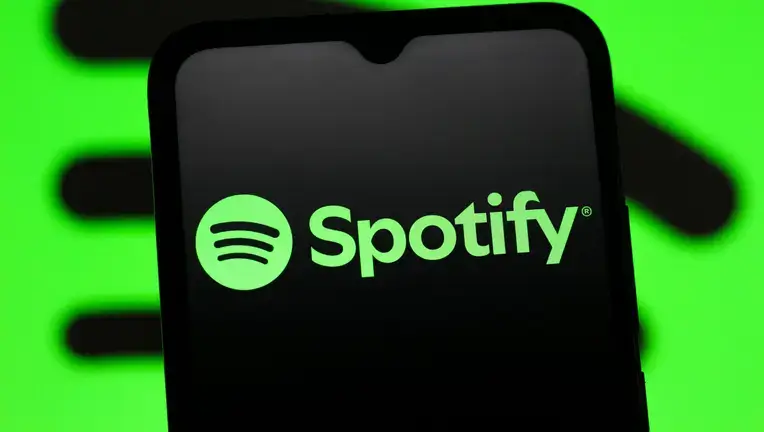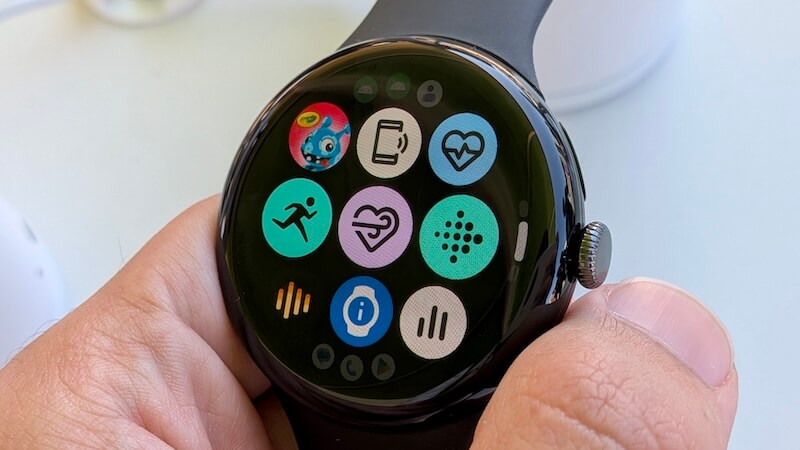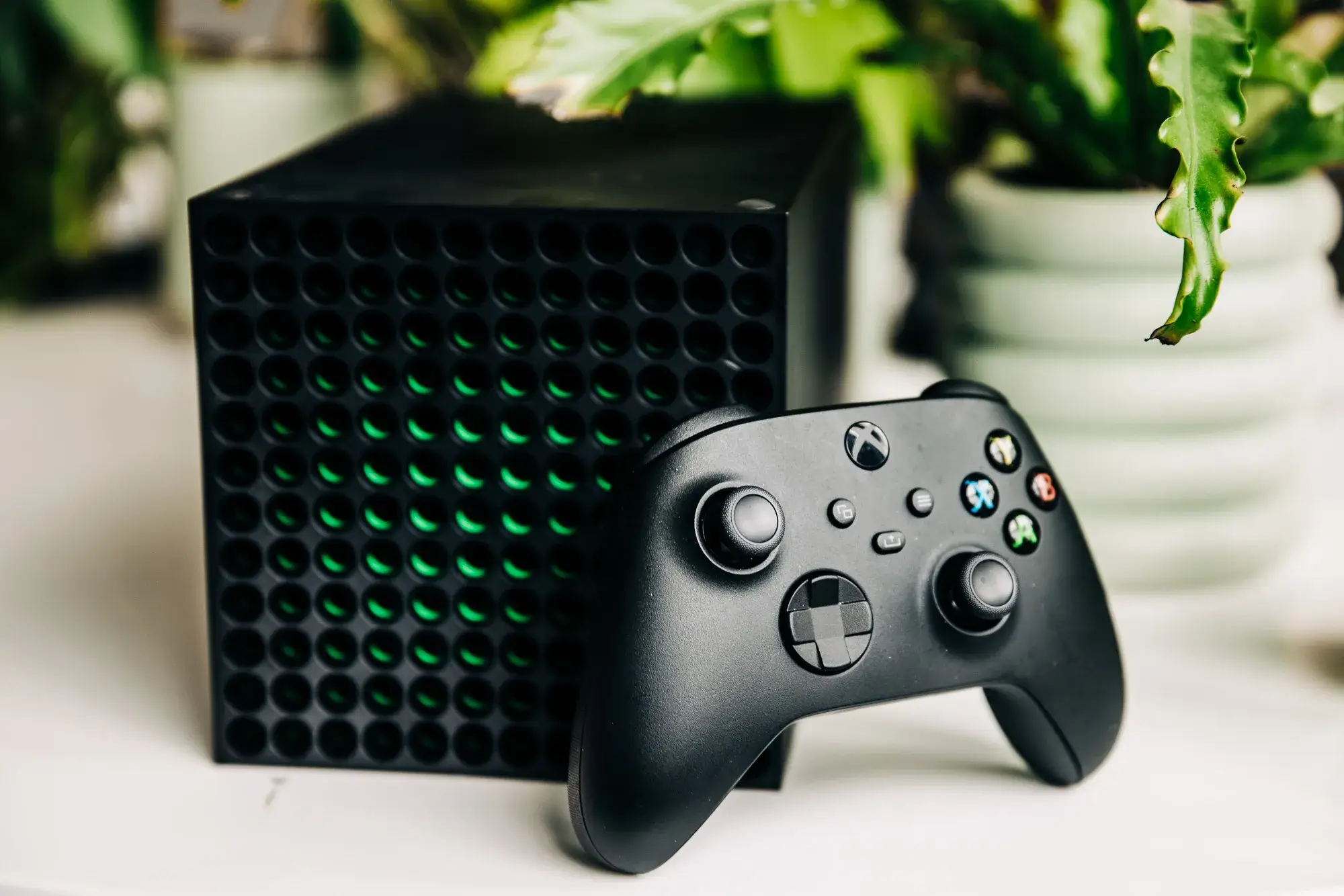After years of anticipation, Spotify has begun rolling out lossless audio to Premium subscribers. This upgrade promises a richer and more detailed listening experience, bringing Spotify in line with competitors like Apple Music and Tidal.
Availability and Rollout
The rollout of lossless audio has commenced in select markets, including Australia, Austria, Czechia, Denmark, Germany, Japan, New Zealand, the Netherlands, Portugal, Sweden, the US, and the UK. Spotify plans to expand availability to over 50 markets by the end of October. Premium subscribers in eligible regions will receive a notification within the Spotify app when the feature becomes available to them.
How to Enable Lossless Audio
Once the feature is available, users can enable it through the following steps:
- Tap the profile icon in the top left corner of the Spotify app.
- Go to "Settings & Privacy" and then "Media Quality".
- Select "Lossless" under the streaming quality options for Wi-Fi, cellular, and downloads.
A "Lossless" indicator will then appear in the "Now Playing" bar and in the Connect Picker when casting to other devices, confirming that the higher-quality stream is active. Users need to enable the feature manually on each device they want to use it on.
Audio Quality and Technical Details
Spotify's lossless streaming utilizes FLAC (Free Lossless Audio Codec) files of up to 24-bit/44.1 kHz. This is a significant step up from Spotify's previous maximum streaming quality of 320kbps Ogg Vorbis. The new format allows listeners to experience greater detail and clarity in nearly every song on Spotify.
While this is a notable improvement, some competitors offer even higher resolutions, such as 24-bit/192kHz. Despite not reaching the highest possible resolution, Spotify's lossless quality is considered better than CD quality (16-bit/44.1kHz).
Considerations for Using Lossless Audio
- Data Usage and Storage: Lossless audio files are significantly larger than standard compressed files. Spotify estimates that lossless streaming consumes 1GB of data per hour. Users should consider their data plans and available storage space when enabling lossless streaming and downloads.
- Wired Connections Recommended: To fully appreciate the benefits of lossless audio, Spotify recommends using wired headphones or speakers, or streaming via Spotify Connect to compatible devices. Bluetooth connections compress audio, which negates the advantages of lossless quality due to limited bandwidth.
- Device Compatibility: Lossless audio is available on mobile, desktop, and tablet devices, as well as many devices that support Spotify Connect, including those from Sony, Bose, Samsung, and Sennheiser. Support for Sonos and Amazon devices is expected to arrive next month.
A Long-Awaited Upgrade
Spotify's journey to offering lossless audio has been lengthy. The company first announced plans for a "Spotify HiFi" tier in February 2021, with a launch initially expected before the end of that year. However, the launch was delayed, and the plans were put on hold. Now, over four years after the initial announcement, Spotify is finally delivering on its promise.
The arrival of lossless audio on Spotify Premium at no extra cost is a welcome development for audiophiles and music enthusiasts. While it may not surpass all competitors in terms of maximum resolution, it significantly enhances the listening experience for Spotify's vast user base and ensures that the platform remains competitive in the high-quality audio streaming landscape.















